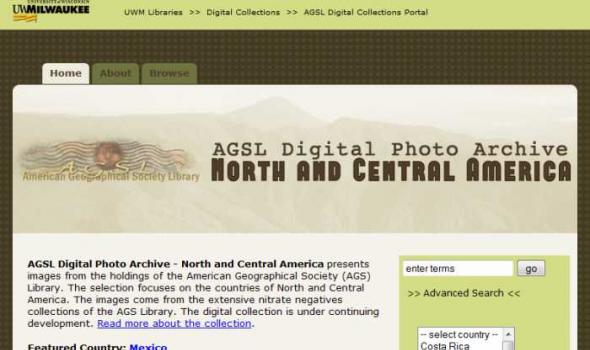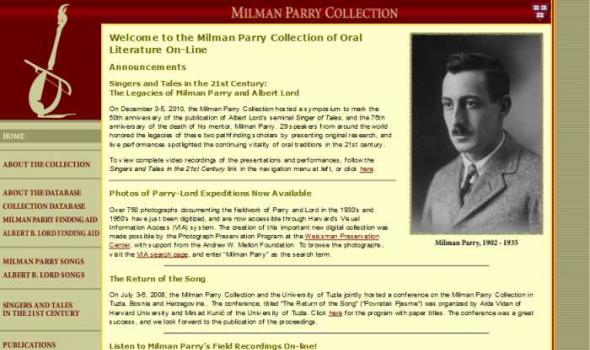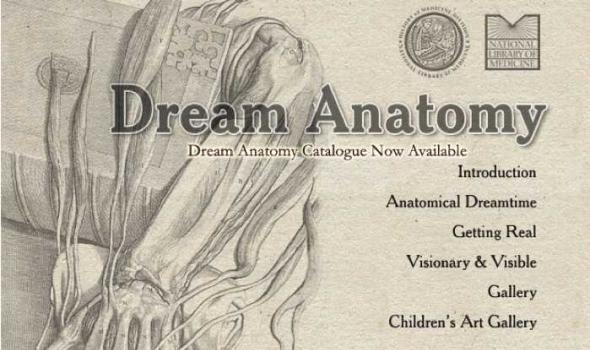Churches
These two albums of the Edinburgh Calotype Club, the first photographic club in the world, are among the earliest photograph albums in the world ever assembled. They contain over 300 images by a group of pioneering Scottish photographers working in Edinburgh and St. Andrews.
Scope and Content Images of Russia and Caucasus Region 1929-1933 presents over 700 images of Russia and the central Caucasus including the Republic of Georgia and Dagestan from the William O. Field Collection housed at the American Geographical Society Library. The photographic collection is supplemented by Field's diaries and travel notes, and a selection of maps of the Caucasus region. William O. Field (1904 - 1994), geographer, pioneer glaciologist, and a member of the American Geographical Society visited the Soviet Union three times between 1929 and 1933. During his first trip in 1929, Field traveled to Svanetia, a remote region in Georgia, located in the southern part of the Central Caucasus.
Scope and Content The Digital Project Credits The AGS Library and UWM Libraries are grateful for continuing material support for the Digital Photo Archive project from Suzanne and Dr. Robert McColl. Project Staff: Krystyna K.
Bliffert Collection The Thomas and Jean Ross Bliffert Postcard Collection consists of about 12,000 postcards on a broad range of local, regional, national and international subjects. Thomas and Jean Ross Bliffert, who have been actively collecting postcards since 1945, donated the collection to the UW-Milwaukee Libraries beginning in September 1998. Although the collection is still being processed, it may be accessed upon request in Special Collections at the UWM Libraries.
About the Collection Milwaukee and Art Work of Milwaukee Milwaukee Neighborhoods: Photos and Maps 1885 - 1992 presents images of Milwaukee neighborhoods from the Far Northwest Side to the Far South Side. The selection of images is limited by the current boundaries of the city of Milwaukee. The digital collection provides a visual documentation of the development of the city of Milwaukee from the mid-1880s to the early 1990s. It includes images of residential and industrial facilities, local businesses, historic buildings, churches, and numerous Milwaukee parks.
Introduction The second half of the nineteenth century was a time of wealth, optimism and growth in Toronto. Architecturally, it was an era that would drastically change the appearance of Toronto forever. A small but dedicated number of architects would infuse Toronto’s landscape with a variety of structures, possibly, the most striking being the churches, with their soaring spires, ornate towers and other Gothic Revival attributes. This exhibition honours one of these architects, Henry Langley, and features the Toronto churches that he designed, built and completed. Henry Langley, 1836-1907, was born in Toronto. He obtained his architectural training by apprenticing for seven years with an established architect, Scottish-born, William Hay, 1818-1888.

























